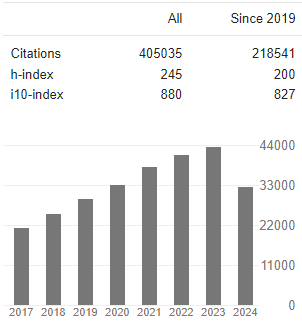Convergent Dynamics In Physiological Response As A Window-Based Robust Control System
Abstract
Fatima Isiaka
The process adapted here delivers physiological readings and maps out the major components that make up the physiological system. The contribution of this component can also be determined on each of the parameters. The skin conductance response (SCR) has a major effect on the synchronous readings of the physiological metrics used. The paper investigates this default by developing a prototypical representation of integrated physiological readings with real-time analytics using a convergent dynamic control model as the inference engine.
The major components that make up the physiological system and errors, are characterised by either their noisiness or systematic disturbance. The noisy error is based on the obvious pattern in each time interval and it is measured based on the mean root square error(MRSE). The SCR has a major effect on the synchronous readings of the physiological metrics used. The results obtained from test runs indicate that the Tonic phase of the physiological response signal is the skin conductance level (SCL) that represents the base level of the signal.
The Phasic level is the component of the skin conductance response that reflects the direct response to the external stimulus, and this is set between 1-4secs after the stimulus onset at the baseline phase. There also exists the non-specific SCR known as the anomalies that appear post-stimuli; this represents the number of conductance responses that appear within and among subsequent physiological response readings. The originality of work is its ability to visualise multi-modal response signals in a single frame and detect optimal responses significant to a particular event-related protocol.





